These days, we keep hearing the words ‘health’ and ‘wellness’ everywhere. Good health has always been essential for humans but today it has assumed even more importance. We have to live more thoughtfully and take extra efforts for it. The busy and stressful lives that we lead today demand it. There are many reasons for this scenario. Air contamination, adulteration in milk, vegetables and fruits, extended working hours, sitting in one place for long hours, addiction to phones, TV and OTT, laziness and an overall aversion to learning the scientific significance of things. In the race for a good life, there is a surge in the so-called ‘needs’. We are paying more attention to the ‘standard of life’ than the ‘quality of life’.
– Devyani M
(Writer, Wellness Coach and Founder of ‘Yoga Urja’)
In my opinion, as far as holistic health is concerned, there are three simple questions that everyone should ask themselves;
How do I look? – How is my physical fitness (external fitness)?
How do I function? – Are all the functions of my body taking place in the way they should (internal health)?
How do I feel? – How is my mental health (mental wellness)?
Answers to these three questions reflect your ‘Quality of Life’.
There is no alternative to doing certain things consistently for physical and mental well-being. Let’s look at some of the important points.
Cleansing/Purification
We have grown up in a culture where we do not walk around the house wearing slippers, we wash our hands and feet when we come home from somewhere and we bathe and brush our teeth regularly. But this is the external cleaning. It is equally important to clean the dirt accumulating inside the body. Nature has already provided ways to flush out the waste from our bodies — eyes, respiratory tract, skin, the body waste disposal system, etc. But due to various reasons such as our flawed lifestyle, environment and fluctuations in the health of the internal organs, dirt accumulates at various points inside the body. This dirt (toxins) is absorbed again in the blood, leading to many diseases. Yoga prescribes various ‘shuddhi kriyas’ (cleansing exercises) to remove internal impurities. They must be learnt under expert guidance.
Exercise and yoga
Our physical health depends on three main systems – the digestive system, the cardiovascular system and the nervous system. Yoga and exercise are extremely important in maintaining their health. All kinds of Yogasanas and exercises will surely help in strengthening the arms, legs, back and all muscles, keeping the internal organs healthy, energising the mind and the brain, losing weight, improving posture and stamina, keeping the mind fresh, boosting concentration, overcoming physical problems, sustaining youthful vigour, giving strength to a weak personality, preserving the brain’s sharpness, etc. However, Yogasanas should not be treated as exercises. There is a difference between the two. Include all forms of exercises that improve endurance, increase strength and make you flexible. If you are going to exercise in the morning, do it on an empty stomach. Those in the habit of eating fruit or drinking tea and coffee should exercise an hour after eating. If you are going to exercise in the evening, the stomach should be light – exercise four hours after the meal.
Pranayam
The breath on which our very survival depends is called ‘Prana’. Have you seen how in any situation, our state of mind affects our breath first? If we are angry, scared or anxious, our breathing pattern changes. On the other hand, during sleep or when the mind is calm, breathing is also slow and rhythmic. Because of this relationship between the mind and breath, learning Pranayam becomes necessary. The breathing pattern changes according to the state of mind. Conversely, if the pace of breathing is changed with effort, the state of mind can change and it can become calm. It is quite unlikely that the mind will be calm if we tell it to. We will have to spend hours running after it. ‘Pranayam’ is the study of the science of controlling the mind through breath.
Rest and sleep
We spend one-third of our lives in sleep, about eight hours a day. Those who think that sleep is a waste of time should read research books on sleep. We tend to think that sleeping is a passive act and nothing happens during sleep. But an amazing amount of work takes place in our brains during sleep. With sunrise and sunset, chemical changes occur in our bodies. Our brain (hypothalamus) has its biological clock. After sunset, the signal of the reduced amount of light in the atmosphere is sent to the brain through the eyes and the hormone melatonin is released. Similarly, the amount of adenosine in the brain increases during waking hours and reaches its peak at night and then we fall asleep. The answer to the question — how many hours of sleep is necessary — would vary from person to person. An average person is advised to get six to eight hours of sleep. Planning the sleep and wake-up time is more important than the number of hours we sleep. The research on sleep shows that we can get the benefits of sleep only if we get enough sleep every day. Just as we will stay alive if we breathe every day, the above-mentioned changes can happen only if we get good sleep. So the concept of ‘catching up on sleep over the weekend’ is unscientific. Excessive sleep is equally harmful to health and it needs to be properly investigated.
Meditation
During the day, we are constantly busy doing something. We are so used to doing something all the time that we get bored very quickly when we are ‘not doing anything’. In reality, there is fun in not doing any activity for some time. What does ‘not doing anything’ exactly mean? It means the body and the mind are not doing any work. This state can be experienced during meditation. Asanas make the body stable, Pranayam lets you control the mind, subjugation of the senses makes you go inward, and Dharana (retention) allows you to fix the mind in one place, as though it is bound. All these are the preparations for reaching the state of Meditation. Meditation is a process. Many Yoga texts guide you on meditation. Dhyana Yoga is described in detail in the sixth chapter of the Bhagwad Gita titled ‘Atmasanyam Yoga’. Even Arjuna says to Lord Krishna, “Making this fickle mind stable is as difficult as stopping the wind.” To this, Shri Krishna says, “Although this is true, the mind is controlled through practice and renunciation.” People generally view Pranayam as a spiritual activity which is why many stay away from it. But if we look at the scientific aspect of the meditation process, I think many people will start meditating.
Purity of mind and happiness
Sages wrote many books after researching, experimenting on themselves, doing penance and sadhana (discipline). That is the ‘Yoga Shastra’ which serves as a user manual for us. All aspects of Yoga namely, physical, mental, intellectual, social, personal and spiritual have been described by sage Patanjali in Ashtanga Yoga. It covers a wide range – right from how to conduct oneself in society, the kind of personal habits one should have, the means to be used for physical-mental improvement and concentration, to the way one should transcend the body-mind-intelligence-ego. If this isn’t the user manual of our lives, then what is? Just as we spare time for physical exercise, we should keep aside some time for cultivating the mind, sharpening the intellect and developing the personality. Every day, at least for some time, we should do ‘swadhyay’ meaning we should learn something beyond our work and pastime topics. We should ead something that will keep our emotions intact, take us beyond the considerations of ‘Me’ and ‘Mine’ and broaden our mind. Art, dance, music, travel, healthy friendships, etc. too increase our mental health.


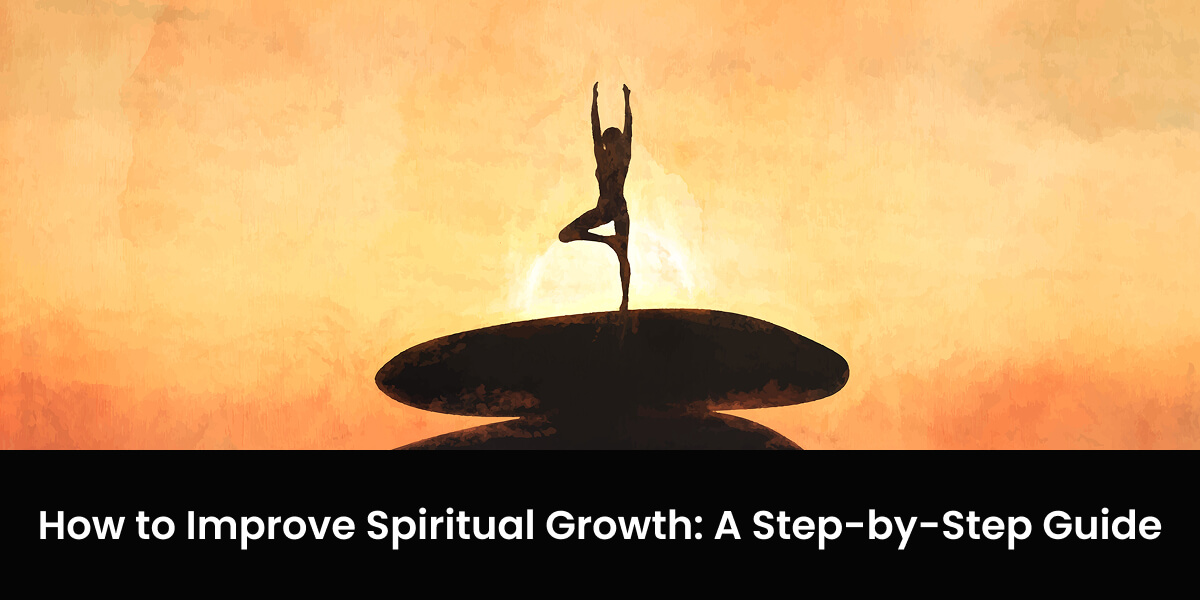
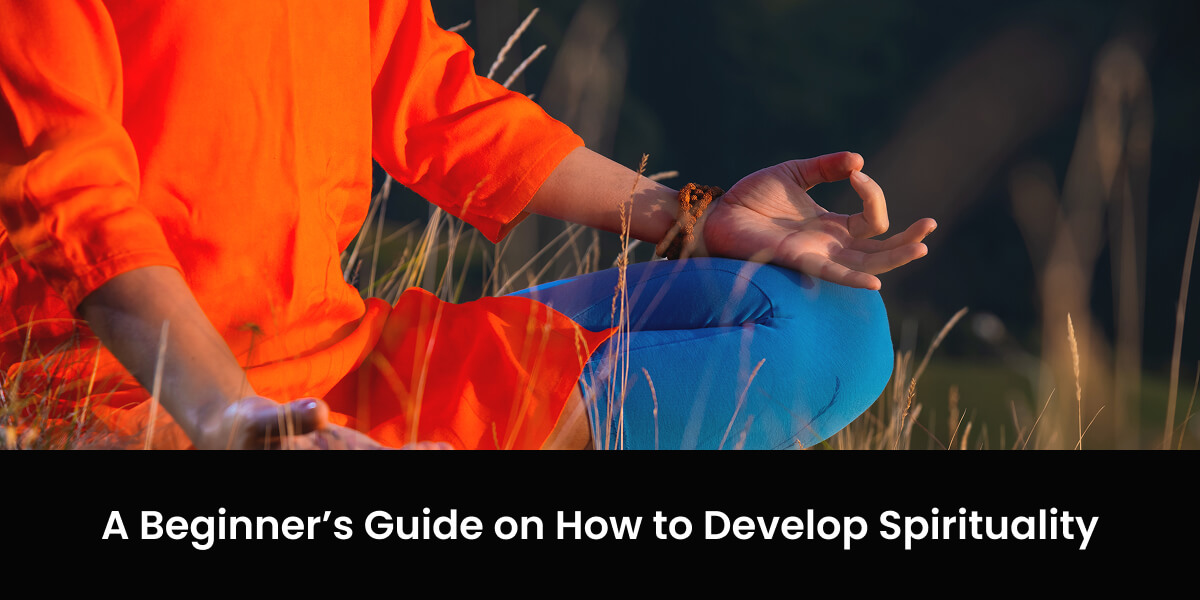
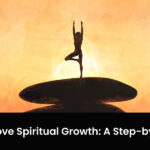
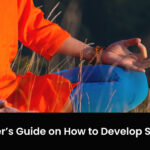


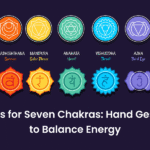
Post a Comment